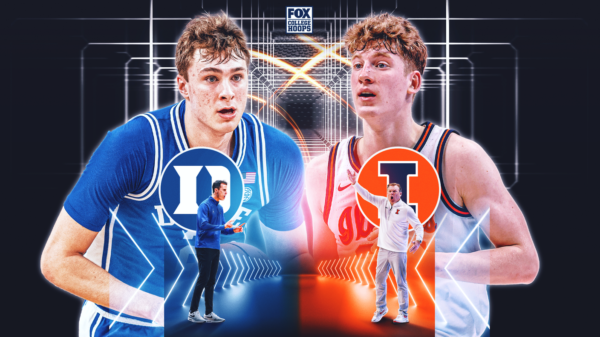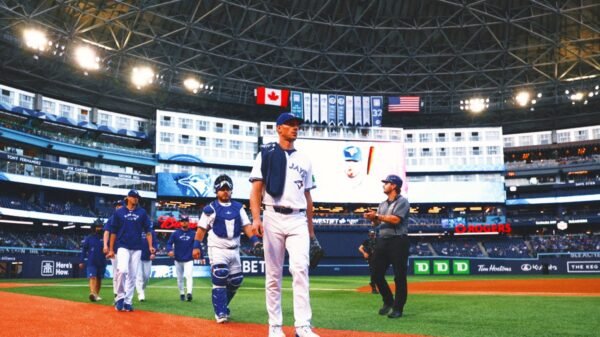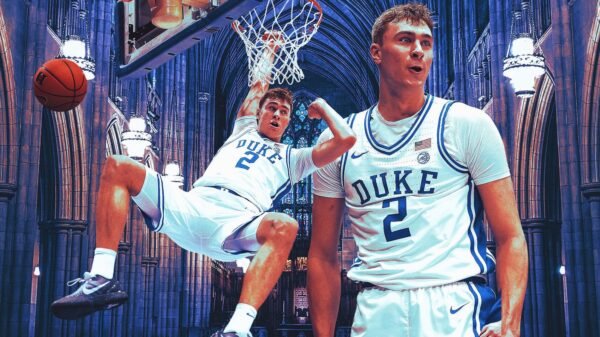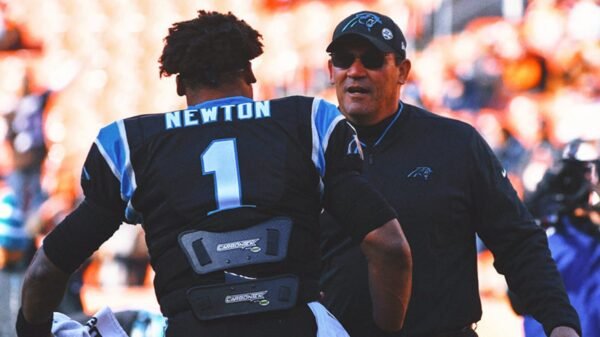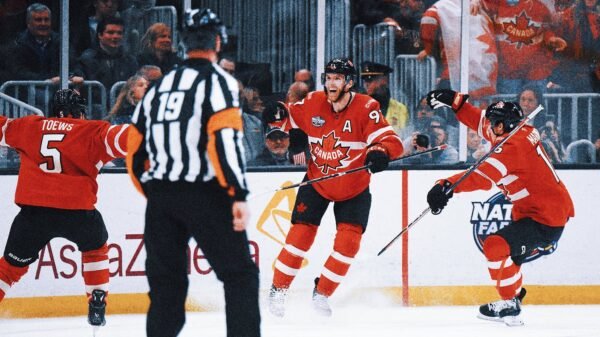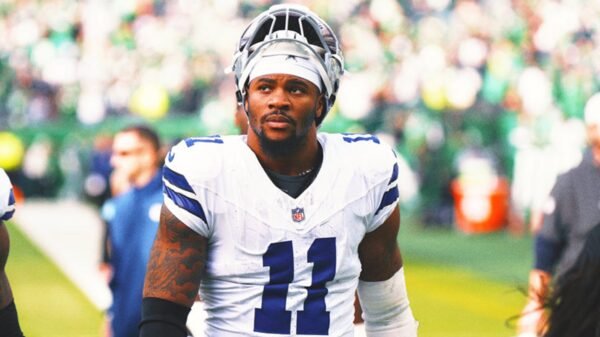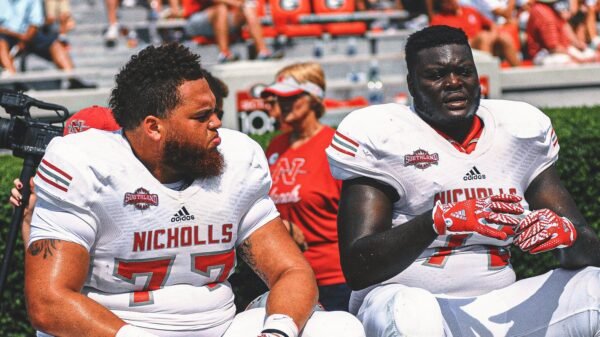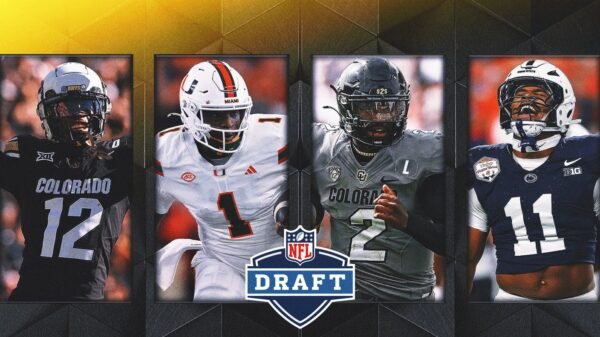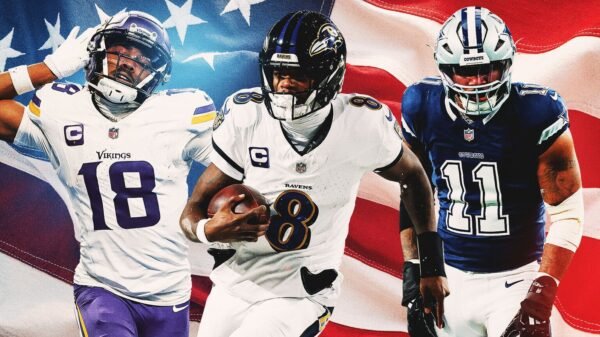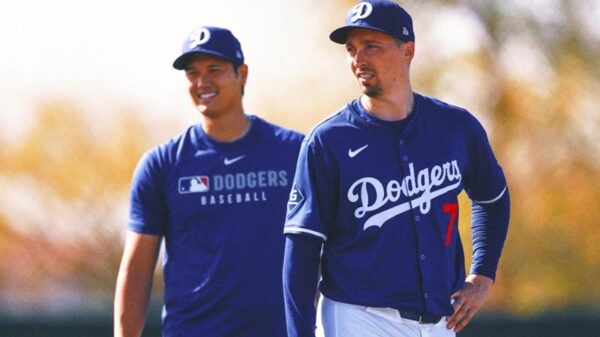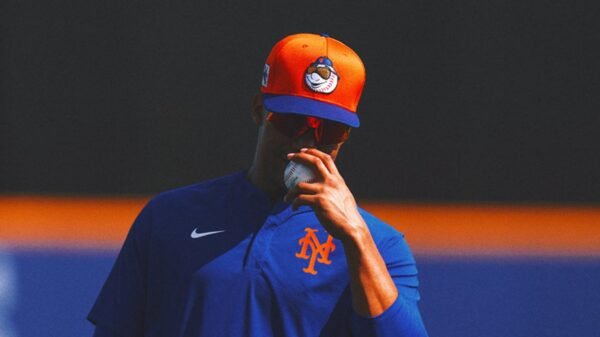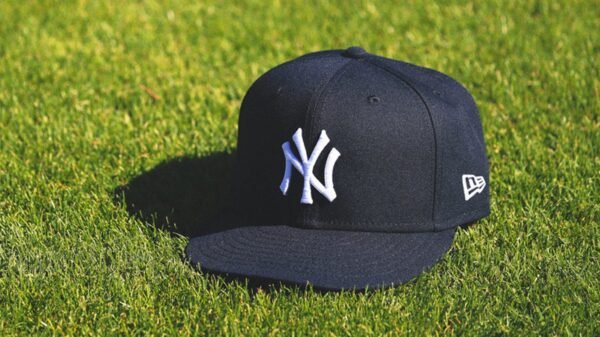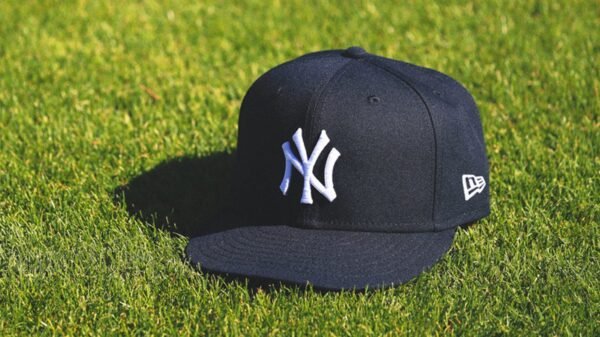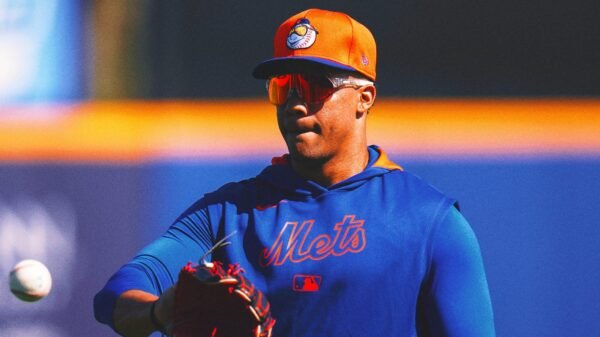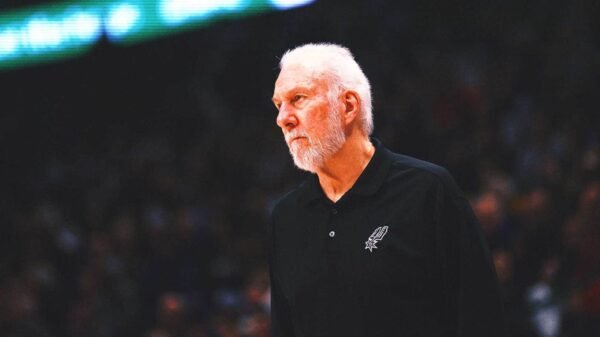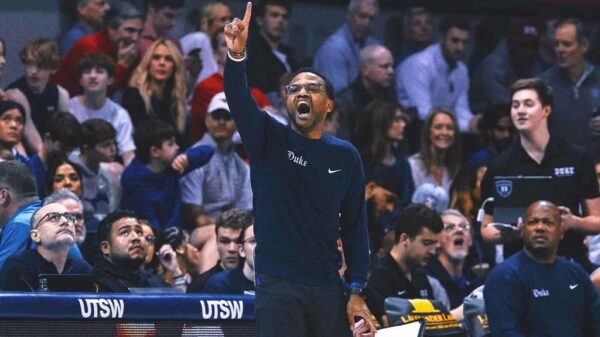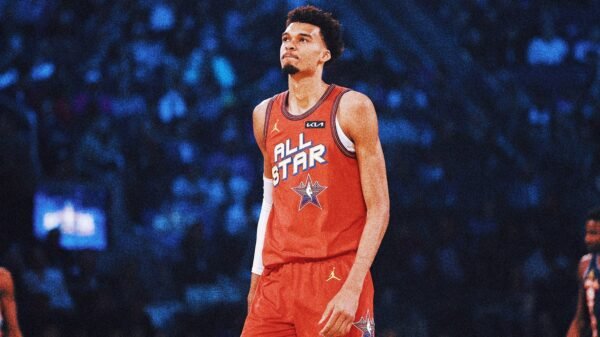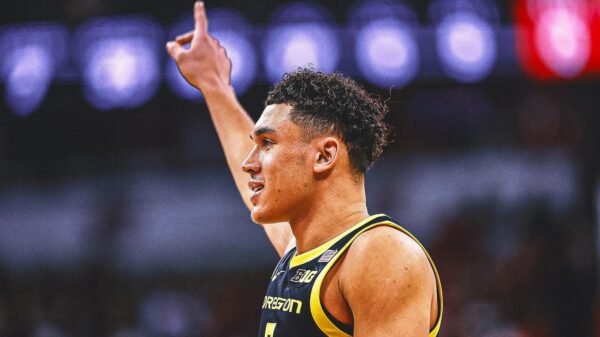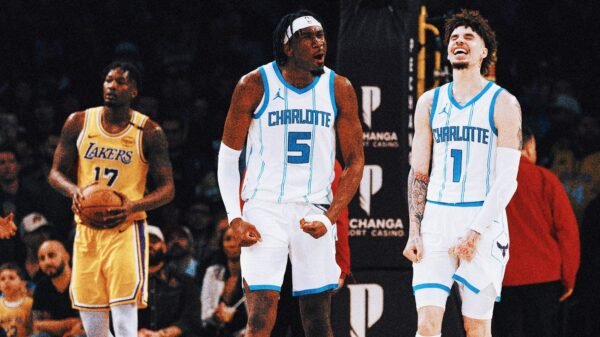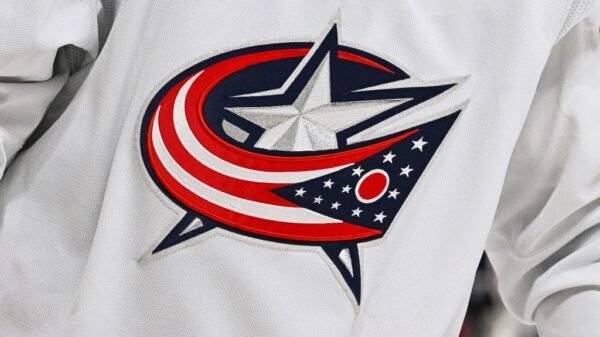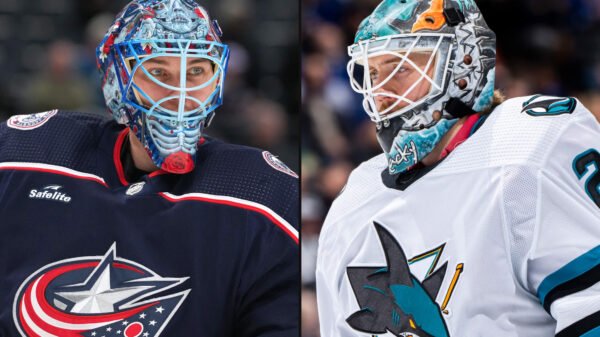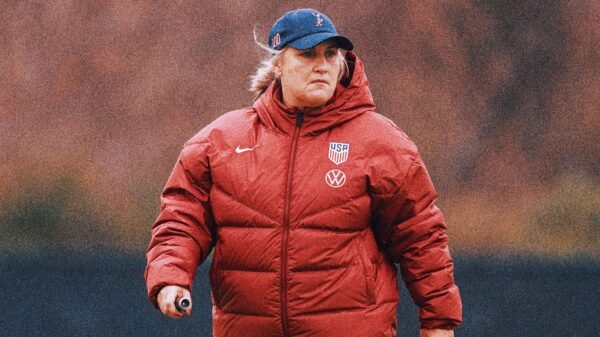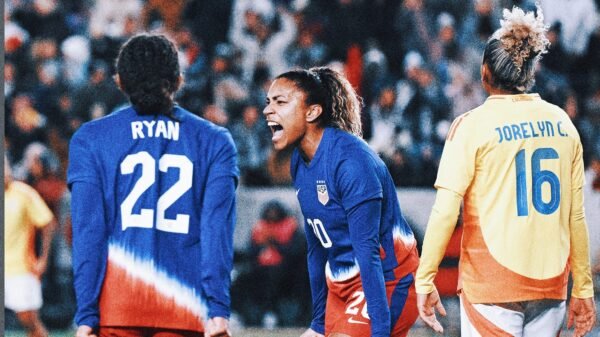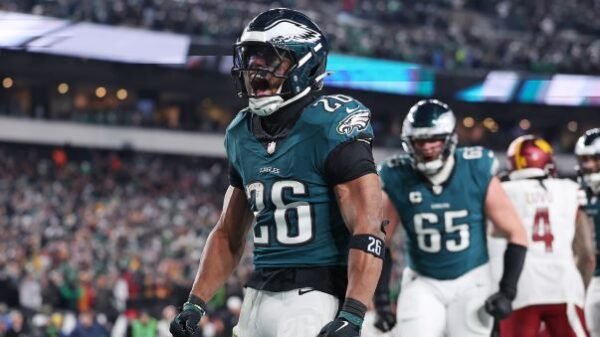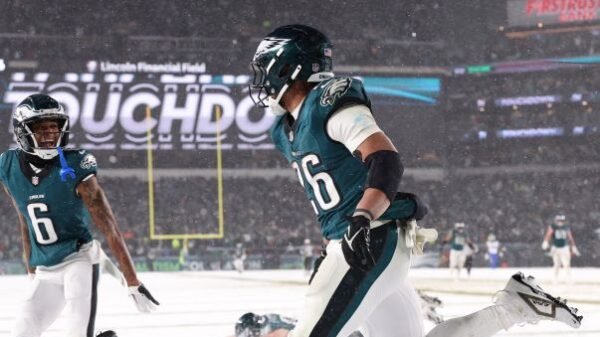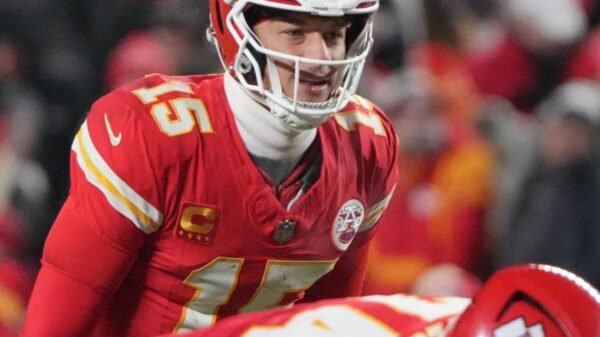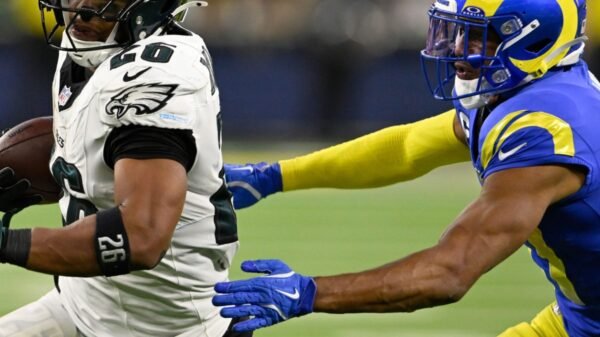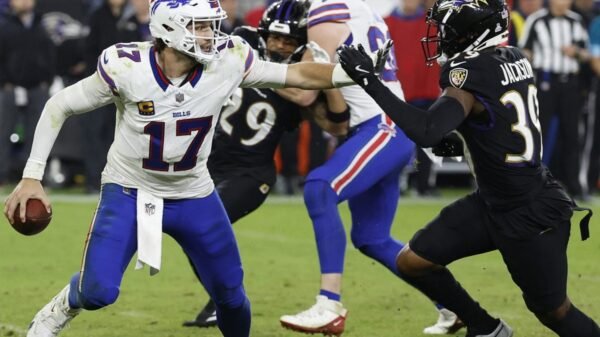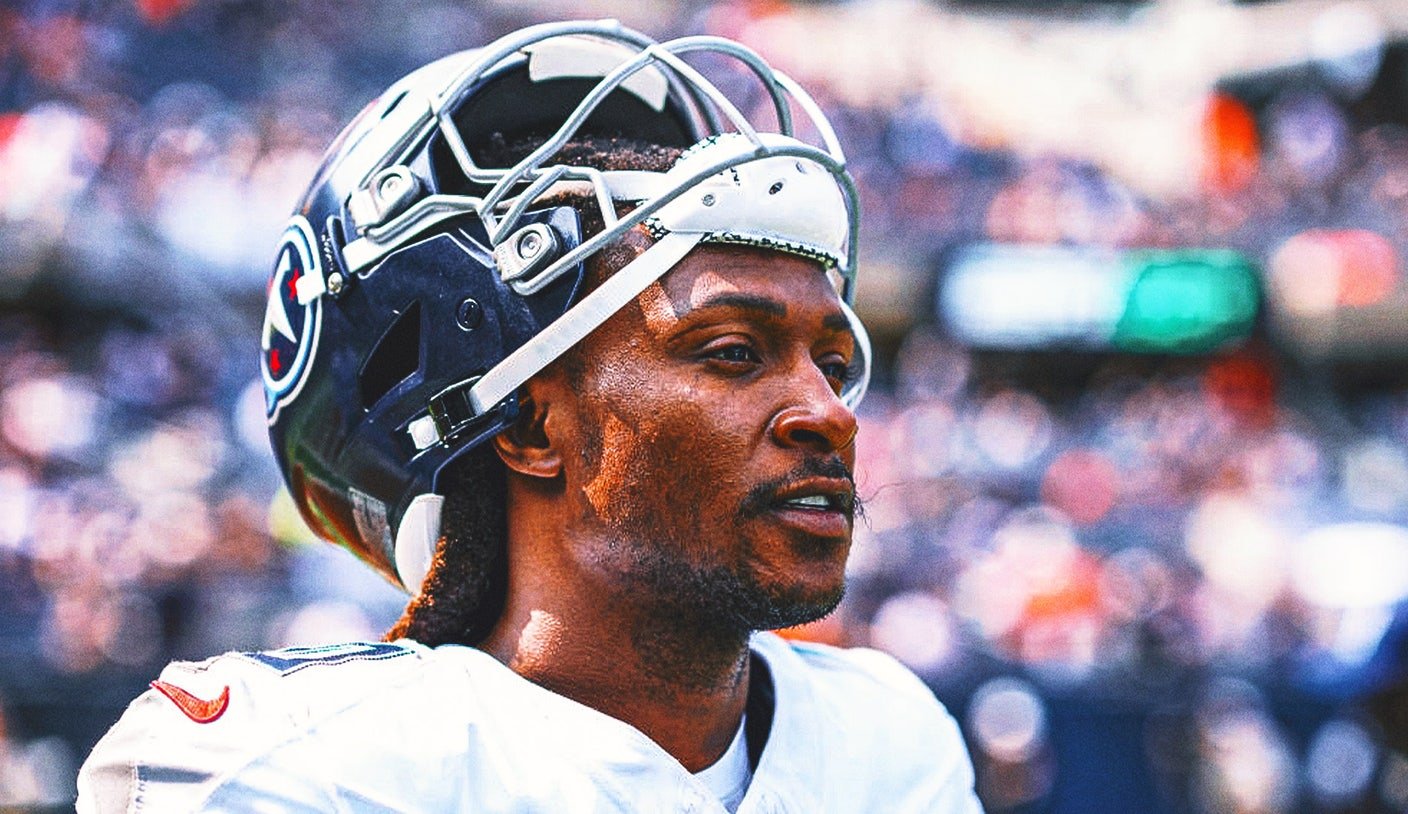Can DeAndre Hopkins reverse the Kansas City Chiefs’ trend of poor midseason wide receiver trades? This question looms large as the Chiefs welcome the veteran to their roster.
With the Chiefs trading for DeAndre Hopkins, quarterback Patrick Mahomes is poised to maximize the potential of the 32-year-old wide receiver. The trade, which involves a conditional fourth-round pick heading to the Tennessee Titans, comes after injuries sidelined key Chiefs receivers like Hollywood Brown, Rashee Rice, and JuJu Smith-Schuster.
Hopkins was in the final year of his contract with the Titans, who reportedly covered about half of his $5.05 million base salary to help the Chiefs manage their salary cap. So far this season, he has struggled, recording just 15 catches for 173 yards and one touchdown with the 1-5 Titans.
This marks the third consecutive year in which the Chiefs have traded for a receiver midseason, following Kadarius Toney in 2022 and Mecole Hardman in 2023. The acquisition of Hopkins highlights the challenges the team has faced with previous trades, as well as the limited immediate impact from recent draft picks like Xavier Worthy and Skyy Moore.
With head coach Andy Reid and general manager Brett Veach struggling to find success with these midseason trades, doubts linger about whether Hopkins can truly make a difference for the Chiefs.
Despite concerns about Hopkins’ age and declining production, it is evident that the lack of effective quarterback play from Will Levis has contributed to his struggles. However, the true test of his abilities will come when Mahomes starts targeting him on the field.
Hopkins is a fitting addition to the Chiefs’ offense. His size and athleticism enable him to create separation in various areas of the field. He is expected to step into the role vacated by the injured Rice, serving as a reliable possession receiver while also stretching the field when necessary. This could open up opportunities for Worthy and decrease the double-teams on star tight end Travis Kelce.
Even with the Chiefs’ history of difficulties in integrating receivers midseason, the combination of Hopkins and Mahomes is not one to underestimate—especially with Reid’s play-calling expertise. A comparable situation occurred with the Buffalo Bills, who successfully integrated Amari Cooper shortly after trading for him, leading to immediate production.
[Related: NFL Trade deadline tracker]
Fortunately for the Chiefs, the trade carries minimal risk. They will pay Hopkins a reduced salary for the rest of the season. The draft-pick compensation is a fifth-round pick that could elevate to a fourth-rounder based on Hopkins’ playing time and the Chiefs’ success in the playoffs. These terms make it a worthwhile investment for Kansas City.
This trade represents a positive development for the NFL, as it facilitates the movement of star players from struggling teams to contenders.
During a recent game against the Buffalo Bills, Hopkins was seen standing beside head coach Brian Callahan instead of participating in the game. Although he was nursing a knee injury, it appeared the Titans were exercising caution, knowing they had little chance of winning in a season where playoffs were out of reach.
This situation highlighted how the Titans were squandering the final years of Hopkins’ prime.
While it’s worth noting that Hopkins chose the Titans over other teams, including the Chiefs, during free agency in 2023, this trade demonstrates a shift in NFL dynamics. Teams are now more willing to move stars like Hopkins, Davante Adams, and Cooper from non-competitive squads to those with championship aspirations. Previously, such trades were rare due to the league’s rigid trade policies.
The NFL landscape benefits from this increased trade activity. The pressing question remains: how much impact can Hopkins have on the Chiefs’ performance moving forward?

